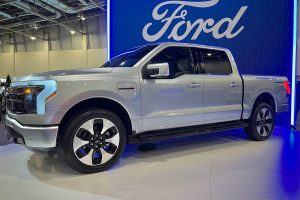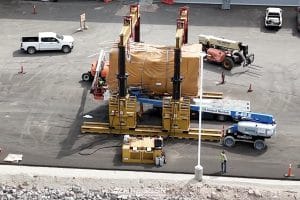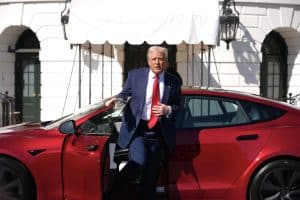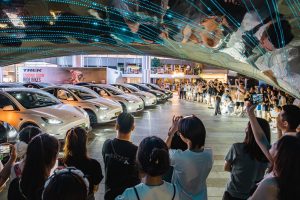Tesla has seemingly backtracked on its decision to nerf the battery range of a used Model S. The vehicle lost some of its range after Tesla opted to “fix” a “configuration error” that it spotted with the all-electric sedan.
The issue was shared by longtime Tesla tinkerer Jason Hughes, who operates a business related to the company’s electric vehicles and their components. Hughes noted that one of his customers was the third owner of a 2013 Model S 60. The vehicle was originally sold with a 60 kWh battery, but after some time, the vehicle’s pack was replaced with a 90 kWh pack under warranty.
It should be noted that the 90 kWh battery pack was not software limited, so the upgrade effectively turned the vehicle into a Model S 90. Its infotainment system listed the 90 kWh battery pack, the car was badged as a Model S 90, and its range was also that of a Model S 90. The vehicle has since been sold twice.
Hughes noted that the Model S’ third owner eventually went to Tesla for an MCU2 upgrade. Things seemed to go well, at least until Tesla called the new owner to inform him that they found and “fixed” a configuration mistake with the vehicle. The mistake turned out to be the vehicle’s range from its 90 kWh battery. Tesla then software-locked the vehicle remotely, resulting in the car losing 80 miles of its range.
When the Model S’ third owner complained and demanded that the vehicle be restored to its previous configuration, the company noted that the 90 kWh battery pack could be unlocked — for a fee of $4,500. Hughes noted that the Model S’ 90 kWh battery can be unlocked without Tesla, but it would have to be disconnected from the company’s services. This was something that the EV owner preferred not to do.
Fortunately for the Model S’ owner, the story promptly gained ground on social media, and it did not take long before motoring publications also covered the issue. Just a day after the story was widely shared on Twitter, Hughes noted that the EV owner was able to get full access to his vehicle’s 90 kWh battery capacity again. Another customer who experienced the same issue also received the same treatment.
While the story itself is quite controversial, the issue seemed to be caused by an error that Tesla committed years ago. The company’s way of “fixing” its mistake was simply in bad taste. That being said, had Tesla been better with its communication with the Model S’ three owners over the years, the company could have avoided any sort of confusion (not to mention inconvenience) altogether.





